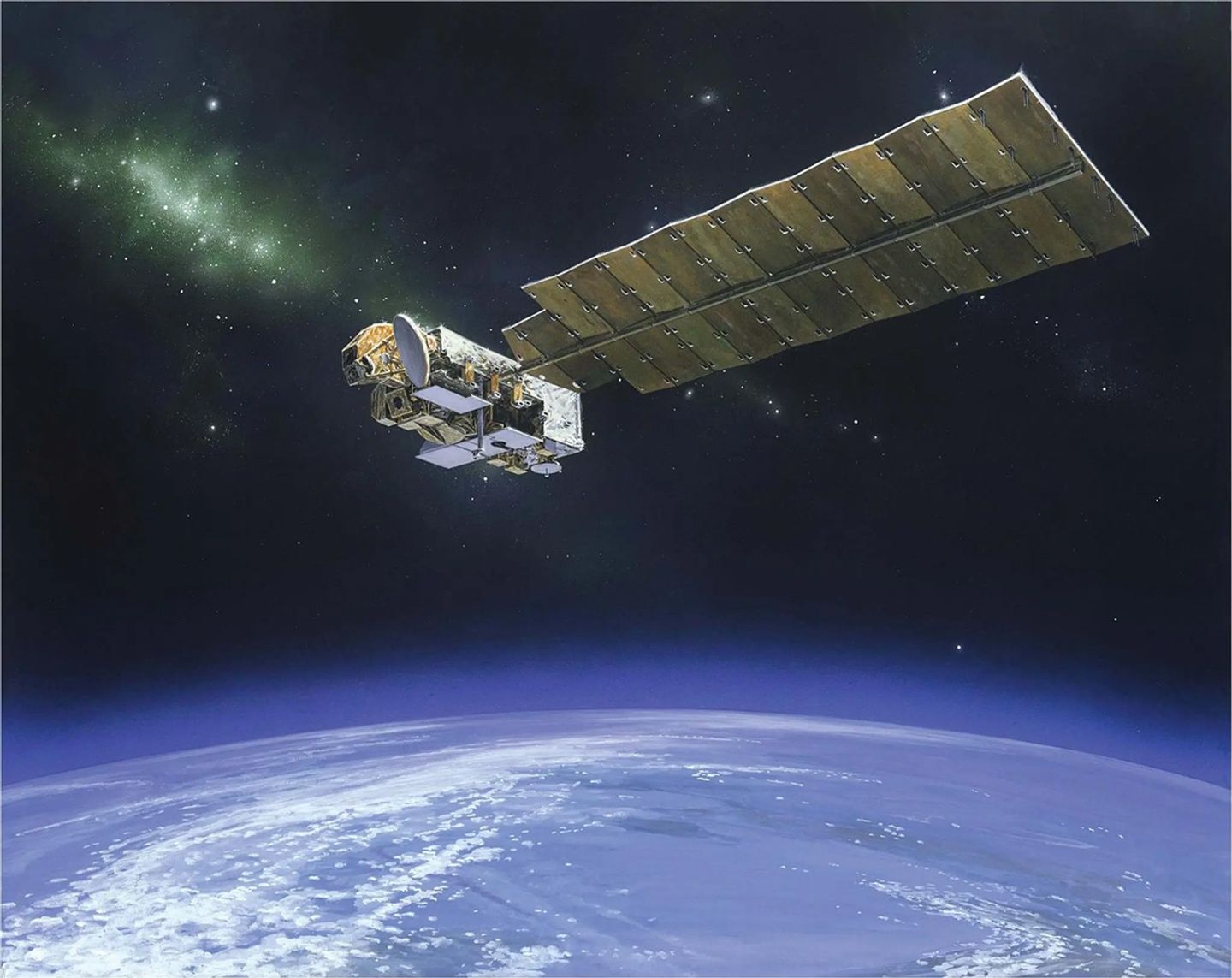Aura Measurements of an Underwater Volcano Eruption
The eruption of the Hunga Tonga – Hunga Ha’apai (HT-HH) underwater volcano on 15 January 2022 sent a volcanic plume into the middle atmosphere to altitudes of up to 57 km, triggered tsunami alerts across the world, and generated ionospheric disturbances.
Measurements from the Aura Microwave Limb Sounder (MLS) revealed that the eruption injected water vapor, SO2, and HCl into the stratosphere.
In comparison with previous eruptions, the amounts of SO2and HCl injected were unexceptional, although the plume reached higher altitudes.
In contrast, the water vapor injection was unprecedented in both magnitude (far exceeding any previous values in the satellite era) and altitude (penetrating into the mesosphere, above 50 km).
Trajectories and radiance simulation studies confirm that the water vapor, SO2, and HCl enhancements arose from direct injection by the eruption.
We estimate the mass of water vapor injected into the stratosphere to be 146±5Tg, or ∼10% of total stratospheric water. The plume is circling the globe and spreading slowly towards the poles. It will remain in the stratosphere for years until it is flushed out by the stratospheric circulation.
Unlike previous strong eruptions in the satellite era, HT-HH could impact climate not through surface cooling due to sulfate aerosols, but rather through surface warming due to the radiative forcing from the excess stratospheric water vapor.
Data Sources
Aura MLS Derived Meteorological Products (DMPs) (registration required)
Scientific significance, societal relevance, and relationships to future missions:
MLS measurements uniquely reveal that an exceptional amount of water vapor was injected directly into the stratosphere by the HT-HH eruption. The water vapor injection bypassed the cold point tropopause, disrupted the water vapor tape recorder signal, set a new record for water vapor injection height in the 18-year MLS record, and could alter stratospheric chemistry and dynamics as the long-lived water vapor plume propagates through the stratosphere in the Brewer Dobson Circulation. Unlike previous strong eruptions in the satellite era, HT-HH could impact climate not through surface cooling due to sulfate aerosols, but rather through surface warming due to the excess stratospheric water vapor forcing.
Given the potential high-impact consequences of the HT-HH water vapor injection, it is critical to continue monitoring volcanic gases from this eruption and future ones to better quantify their varying roles in climate. MLS is the only sensor providing daily near-global profiles of humidity from the upper troposphere to the mesosphere. The sole confirmed future sensor, ALTIUS (ESA), will measure water vapor only in solar occultation, giving only ∼monthly global coverage.
Reference:
Millán, L., Santee, M. L., Lambert, A., Livesey, N. J., Werner, F., Schwartz, M. J., Pumphrey, H. C., Manney, G. L., Wang, Y. , Su, H. , Wu, L., Read, W. G., and Froidevaux, L. (2022). The Hunga Tonga-Hunga Ha'apai Hydration of the Stratosphere. Geophysical Research Letters, 49, e2022GL099381. doi:10.1029/2022GL099381
10.2022
MLS
Aura’s Microwave Limb Sounder (MLS) instrument uses microwave emission to measure stratospheric temperature and upper tropospheric constituents. MLS also has unique capability to measure upper tropospheric water vapor in the…
Learn More



























